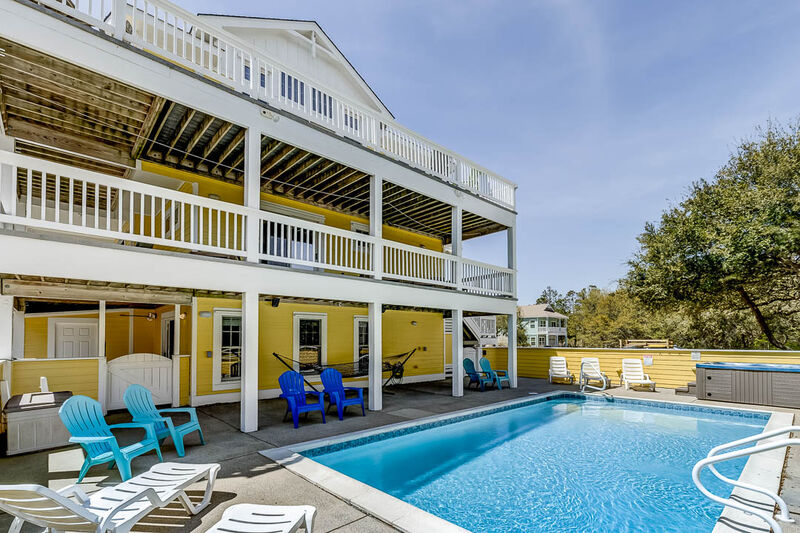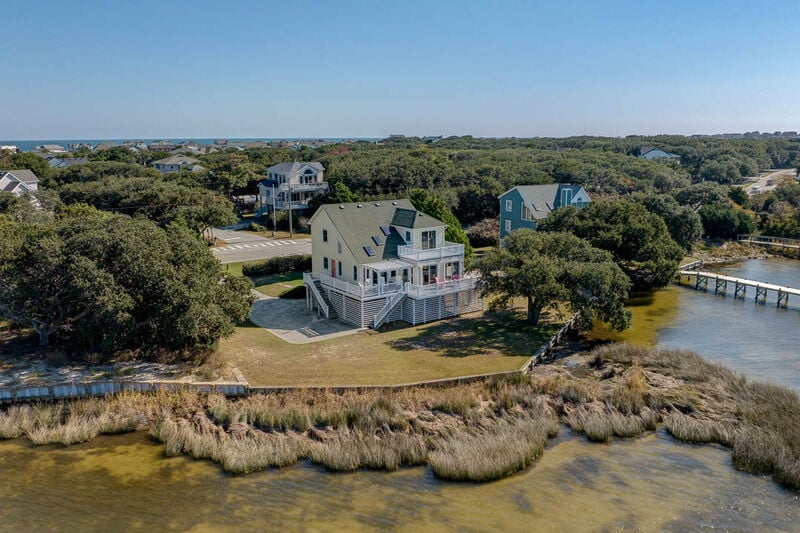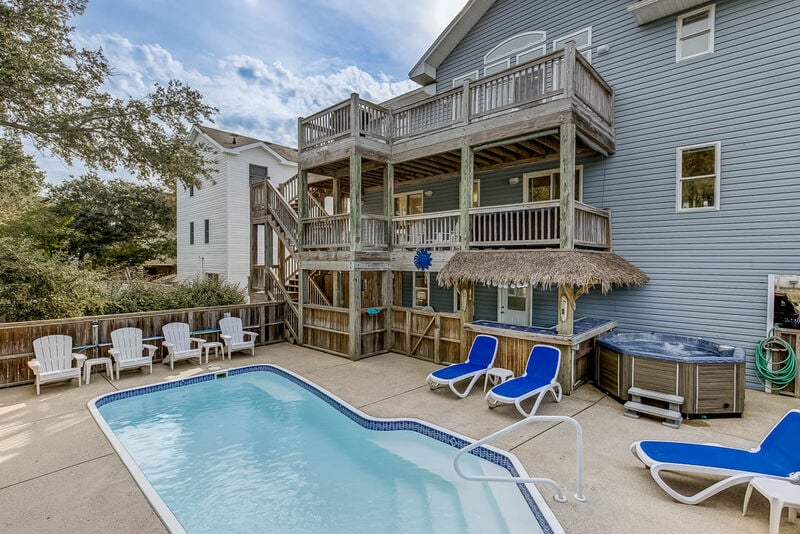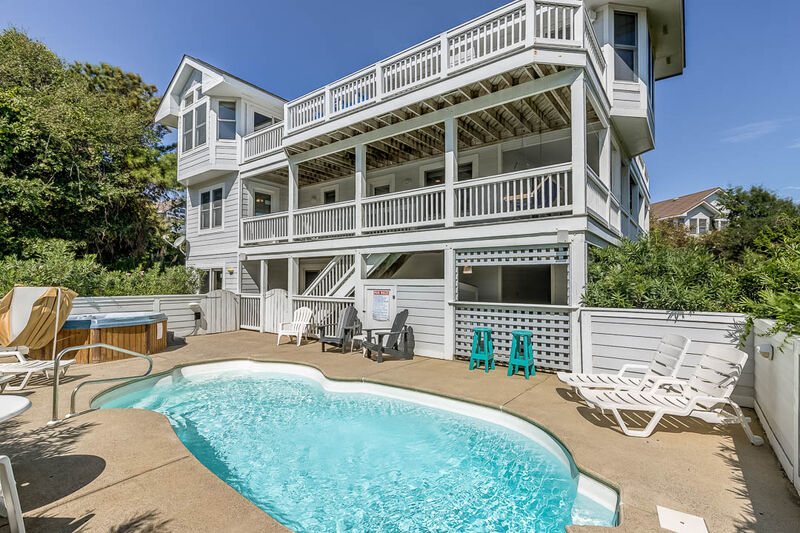You've seen all the famous attractions: lighthouses, beaches, botanical gardens, etc. Now it's time to head off the beaten path and explore hidden Outer Banks havens where tourists are scarce but natural beauty abounds. You may find that these uncrowded spots are the most memorable activities of
Read MoreTag: Jockey's Ridge State Park

Heading to the Outer Banks with children in tow? You'll be glad to know that these beautiful barrier islands offer countless opportunities for family-focused fun. Here are a few suggestions.#1 Visit Jockey's Ridge State ParkLocated at Milepost 12.5 in Nags Head, this 426-acre scenic park offers
Read More
It would be an understatement to say that the past few months have been rather rocky for everyone with the current pandemic. Here at Outer Banks Blue we want to ensure that you have a safe and wonderful vacation that you can remember for many years to come! Here are a few tips to help you enjoy your...
Read More
There's more to the Outer Banks than sun, sand,and serenity. At Nags Head, you can spend a fun-filled day with your entirefamily, both on and off the beach. You can fish from the state's longest publicpier, climb the Eastern seaboard's tallest dunes, visit a thrilling adventurepark, then cap off
Read More
Greetings from a sunny and warm Outer Banks! This week's Memory Monday photo submission is entitled Jumpin' for joy, and that is what we are doing this holiday week!Jockey's RidgeThis week's picture, submitted by Ann Patterson of Cabot, Pennsylvania, was taken as the group was at Jockey's ridge
Read More
One of the quiet pleasures of a stay on the Outer Banks is a morning or evening stroll along the beach looking for interesting shells or sea glass, or whatever the flotsam of the sea brings to our shores.Sometimes—and it's pretty rare—there will be what appears to a hardened piece of
Read More
Jockey's Ridge SunsetThe Outer Banks offers so many beautiful natural landscapes, but one of the highlights of the area is to go to Jockey's Ridge State Park in Nags Head, climb the largest living sand dune on the east coast, and turn to your right and watch the sunset over the Roanoke
Read More








